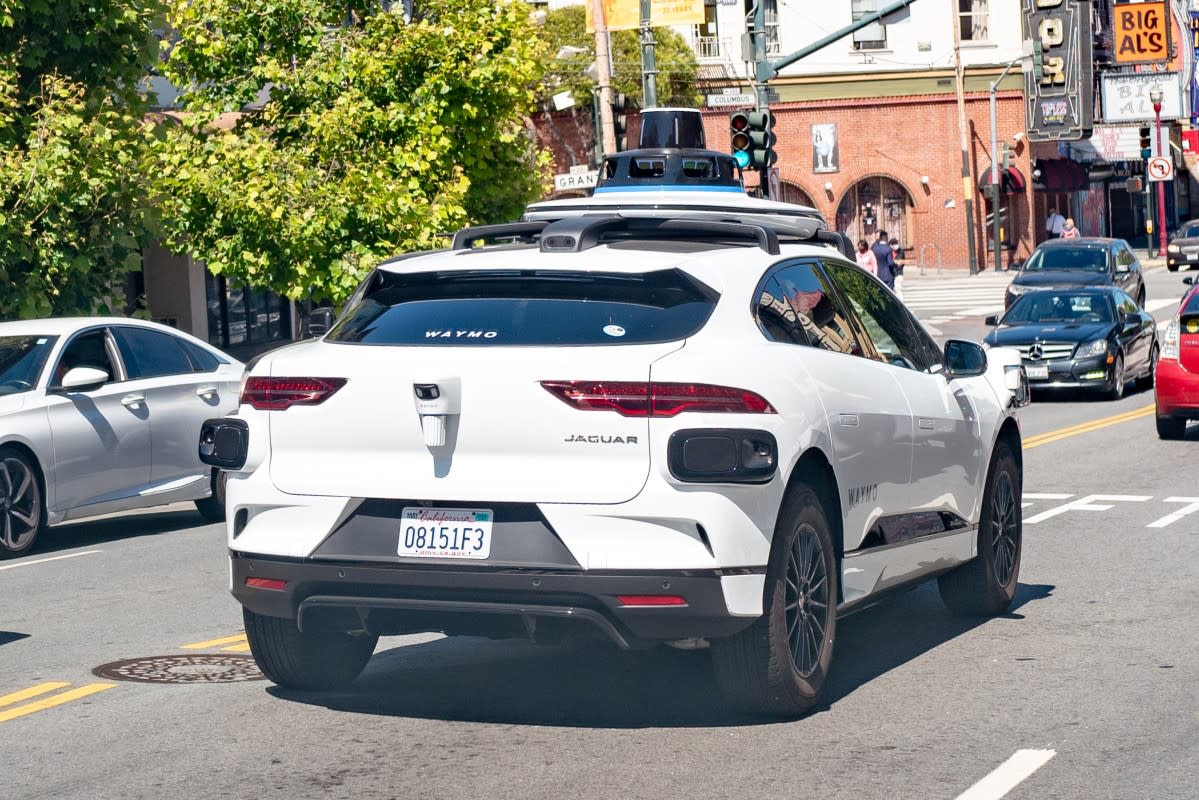
If you assumed Tesla was the most dangerous self-driving car on the road, think again. A new study from Davidoff Law Personal Injury Lawyers reveals the Jaguar I-Pace holds the unfortunate distinction of being the vehicle most likely to crash in autonomous mode.
With nearly 70 crashes per 10,000 vehicles sold, the I-Pace’s crash rate is more than six times higher than Tesla’s and nearly nine times that of its corporate cousin JLR, which also uses similar automated driving technology.
Despite selling just 131,860 I-Pace units, Jaguar reported 918 self-driving-related crashes—a rate that dwarfs every other brand in the study.
Luxury Doesn’t Always Equal Safe
Tesla landed second on the list, but its position came with context. While its crash count was the highest overall, 2,708 crashes involving Model Y and Model 3, the automaker also has one of the largest autonomous-capable fleets, with over 2.3 million vehicles on the road. That results in a crash rate of just 11.46 per 10,000 cars.
In third place was JLR, also using the I-Pace model but reporting a significantly lower crash rate of 8.33. Rivian’s R1S came in fourth with 1.03, followed by Kenworth’s T680 long-haul truck with 0.23.
BMW followed closely behind in sixth with 0.12 crashes per 10,000 vehicles, just ahead of Subaru’s Forester at 0.12, Acura’s MDX and TLX at 0.11, and Mercedes-Benz’s S580 at 0.07.
At the bottom of the crash-risk list, and topping the safety performance chart, was Honda’s Civic. With over 23.7 million cars on the road and only 122 incidents, it averaged just 0.05 crashes per 10,000 units.
The Full Ranking by Crash Rate per 10K Vehicles:
Jaguar I-Pace – 69.62
Tesla Model Y and Model 3 – 11.46
JLR I-Pace – 8.33
Rivian R1S – 1.03
Kenworth T680 – 0.23
BMW iX xDrive50, X5 – 0.12
Subaru Forester – 0.12
Acura MDX, TLX – 0.11
Mercedes-Benz S580 – 0.07
Honda Civic – 0.05
Ruben Davidoff, managing partner at Davidoff Law, said the findings suggest many luxury manufacturers are racing to deploy advanced driving systems before they’re truly ready. “The disparity between ADS and ADAS systems suggests we may be deploying fully autonomous technology before it’s truly ready for consumer roads,” Davidoff said.
Broader Context and Implications
Industry data shows self-driving vehicles average 9.1 crashes per million miles, compared with 4.1 for traditional cars, underscoring that current autonomous tech is far from fail‑safe. Experts believe over 90% of serious crashes are still due to human error—and while autonomous systems are promising, they also carry novel risks that need regulation and standardized safety benchmarks.
While big names chase the future of driving, this study serves as a cautionary reminder: innovation means little if it can’t keep you safe.
Related: Uber Announces Major Change for Women Riders, Drivers
Jaguar I-Pace Tops New List of Self-Driving Vehicles Most Likely to Crash first appeared on Men's Journal on Jul 28, 2025
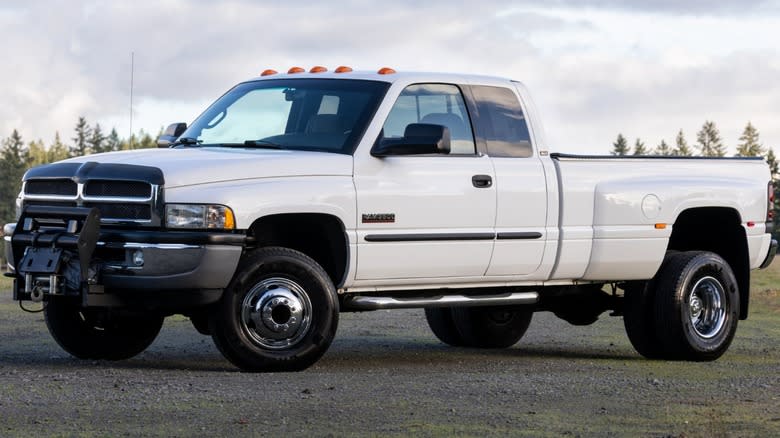
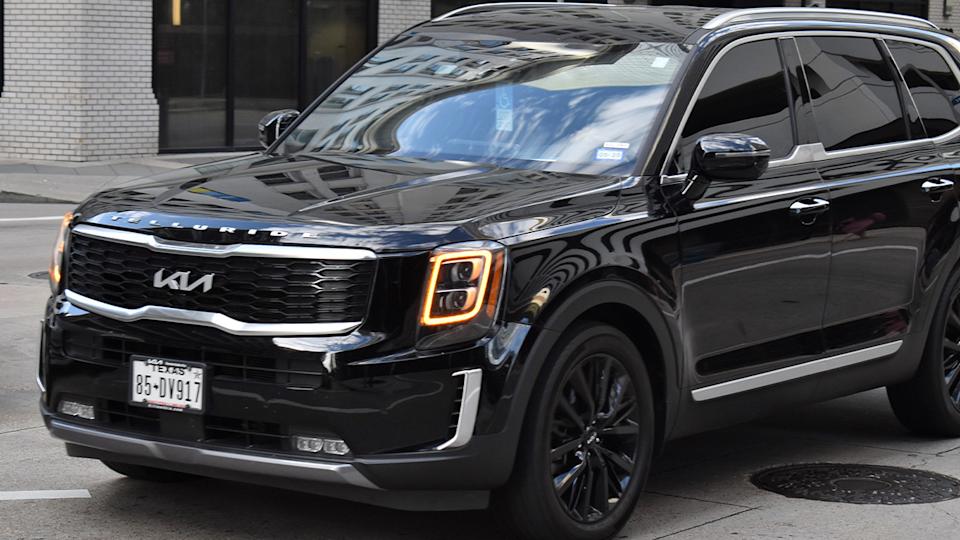
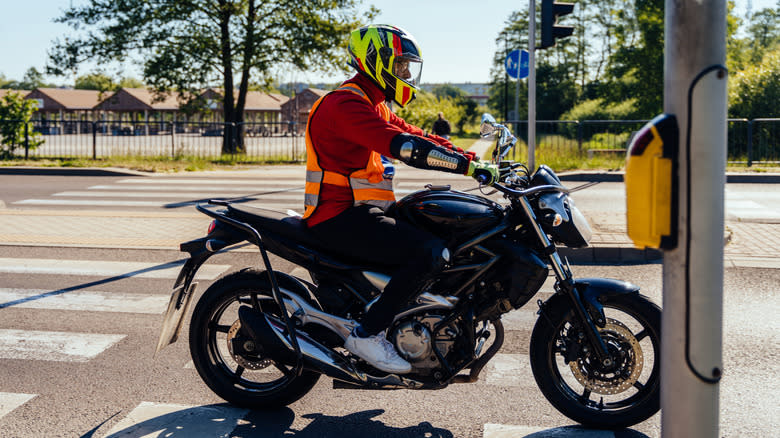
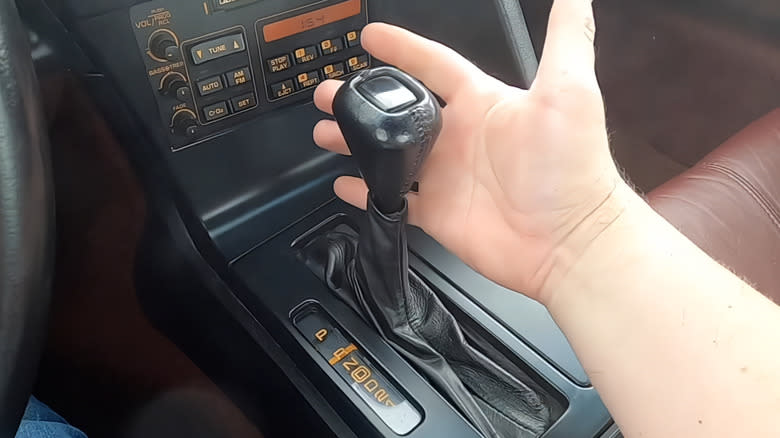


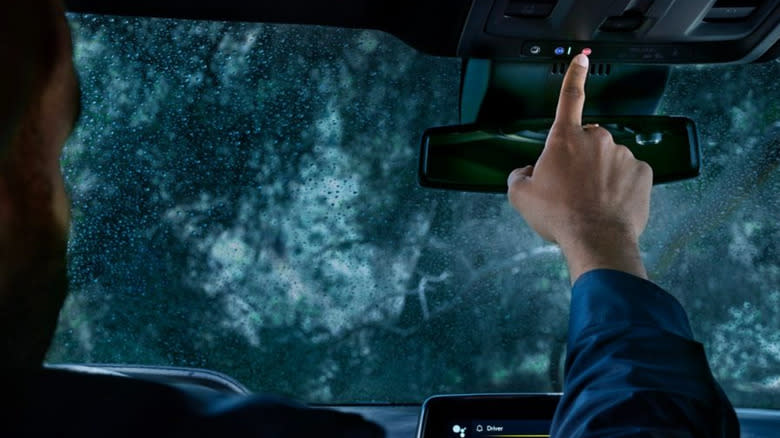
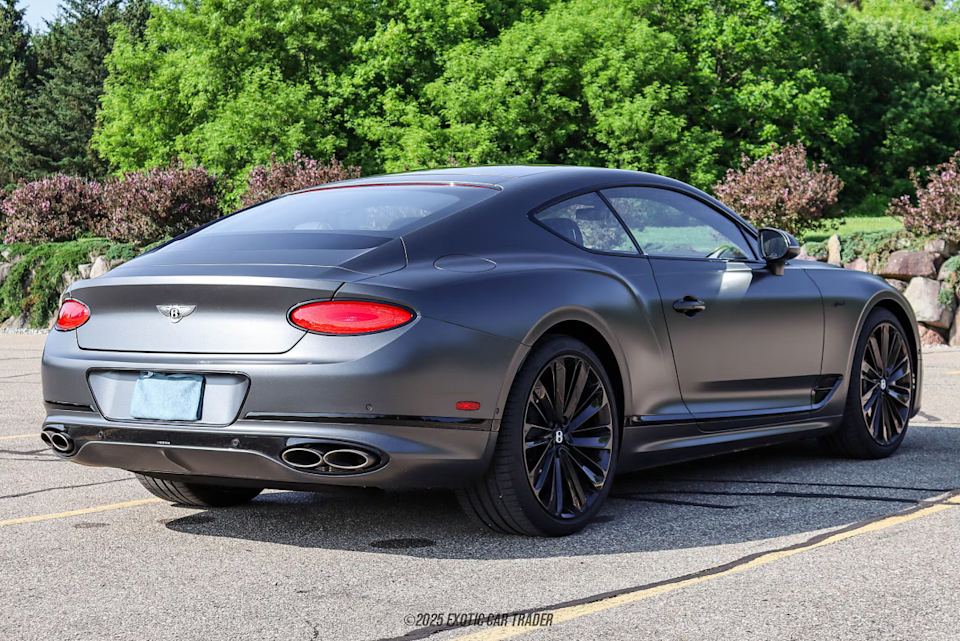
Comments